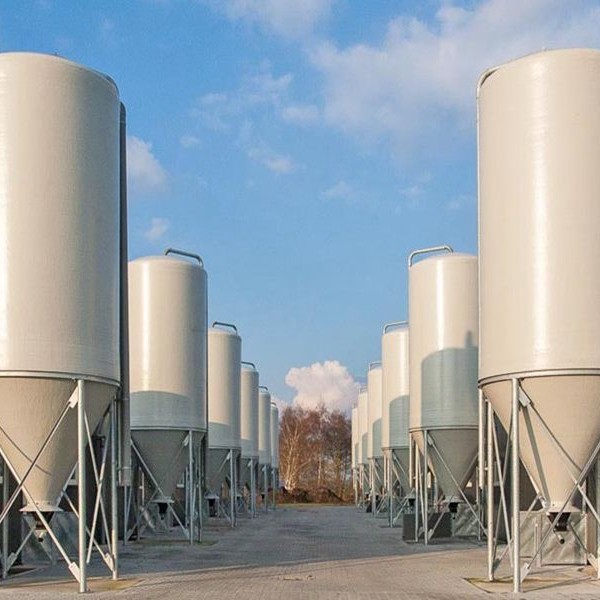
-
 Afrikaans
Afrikaans -
 Albanian
Albanian -
 Amharic
Amharic -
 Arabic
Arabic -
 Armenian
Armenian -
 Azerbaijani
Azerbaijani -
 Basque
Basque -
 Belarusian
Belarusian -
 Bengali
Bengali -
 Bosnian
Bosnian -
 Bulgarian
Bulgarian -
 Catalan
Catalan -
 Cebuano
Cebuano -
 China
China -
 China (Taiwan)
China (Taiwan) -
 Corsican
Corsican -
 Croatian
Croatian -
 Czech
Czech -
 Danish
Danish -
 Dutch
Dutch -
 English
English -
 Esperanto
Esperanto -
 Estonian
Estonian -
 Finnish
Finnish -
 French
French -
 Frisian
Frisian -
 Galician
Galician -
 Georgian
Georgian -
 German
German -
 Greek
Greek -
 Gujarati
Gujarati -
 Haitian Creole
Haitian Creole -
 hausa
hausa -
 hawaiian
hawaiian -
 Hebrew
Hebrew -
 Hindi
Hindi -
 Miao
Miao -
 Hungarian
Hungarian -
 Icelandic
Icelandic -
 igbo
igbo -
 Indonesian
Indonesian -
 irish
irish -
 Italian
Italian -
 Japanese
Japanese -
 Javanese
Javanese -
 Kannada
Kannada -
 kazakh
kazakh -
 Khmer
Khmer -
 Rwandese
Rwandese -
 Korean
Korean -
 Kurdish
Kurdish -
 Kyrgyz
Kyrgyz -
 Lao
Lao -
 Latin
Latin -
 Latvian
Latvian -
 Lithuanian
Lithuanian -
 Luxembourgish
Luxembourgish -
 Macedonian
Macedonian -
 Malgashi
Malgashi -
 Malay
Malay -
 Malayalam
Malayalam -
 Maltese
Maltese -
 Maori
Maori -
 Marathi
Marathi -
 Mongolian
Mongolian -
 Myanmar
Myanmar -
 Nepali
Nepali -
 Norwegian
Norwegian -
 Norwegian
Norwegian -
 Occitan
Occitan -
 Pashto
Pashto -
 Persian
Persian -
 Polish
Polish -
 Portuguese
Portuguese -
 Punjabi
Punjabi -
 Romanian
Romanian -
 Russian
Russian -
 Samoan
Samoan -
 Scottish Gaelic
Scottish Gaelic -
 Serbian
Serbian -
 Sesotho
Sesotho -
 Shona
Shona -
 Sindhi
Sindhi -
 Sinhala
Sinhala -
 Slovak
Slovak -
 Slovenian
Slovenian -
 Somali
Somali -
 Spanish
Spanish -
 Sundanese
Sundanese -
 Swahili
Swahili -
 Swedish
Swedish -
 Tagalog
Tagalog -
 Tajik
Tajik -
 Tamil
Tamil -
 Tatar
Tatar -
 Telugu
Telugu -
 Thai
Thai -
 Turkish
Turkish -
 Turkmen
Turkmen -
 Ukrainian
Ukrainian -
 Urdu
Urdu -
 Uighur
Uighur -
 Uzbek
Uzbek -
 Vietnamese
Vietnamese -
 Welsh
Welsh -
 Bantu
Bantu -
 Yiddish
Yiddish -
 Yoruba
Yoruba -
 Zulu
Zulu
Fiberglass Sand Pipe - Durable and Lightweight Solutions for Your Infrastructure
The Rise of Fiberglass Sand Pipes Innovations in Construction and Beyond
In recent years, the construction industry has witnessed significant advancements in materials technology, with fiberglass sand pipes emerging as one of the most innovative solutions. These pipes, composed primarily of fiberglass reinforced plastic (FRP), are revolutionizing the way we think about water transportation and infrastructure development, offering numerous advantages over traditional materials such as metal and concrete.
Fiberglass sand pipes are designed to withstand harsh environmental conditions, making them ideal for a variety of applications. They can be used for irrigation, drainage, and sewage systems, as well as in industrial settings where corrosive substances are a concern. The inherent properties of fiberglass provide excellent resistance to chemical degradation, ensuring a longer lifespan compared to traditional piping systems.
One of the standout features of fiberglass sand pipes is their lightweight nature. Weighing significantly less than their metal counterparts, these pipes are easier to handle and install, leading to reduced labor costs and time. The installation process is further facilitated by the pipes' modular design, allowing for quick assembly on site. Contractors appreciate the efficiency with which fiberglass pipes can be managed, leading to shorter project timelines without sacrificing quality.
Moreover, the flexibility of fiberglass allows for a wide range of diameters and thicknesses, tailored to specific project requirements. This adaptability means that engineers can devise solutions that better fit the unique challenges they face, whether it's a large-scale irrigation system or a complex urban drainage project. The ability to custom design these pipes ensures optimized flow rates and minimizes the risk of clogs or breaks.
fiberglass sand pipe

In addition to their functional benefits, fiberglass sand pipes offer environmental advantages. The manufacturing process of fiberglass requires less energy compared to traditional pipe materials, contributing to reduced carbon emissions. Additionally, these pipes are often constructed from recycled materials, further enhancing their sustainability profile. When their lifespan comes to an end, fiberglass pipes can also be repurposed or recycled, thereby mitigating waste in landfills.
A growing awareness of environmental issues has prompted a shift in governmental and regulatory attitudes towards infrastructure projects. As such, using fiberglass sand pipes is often encouraged or mandated in various municipal projects, aligning with sustainability goals set forth by cities aiming to create a more eco-friendly and resilient infrastructure.
The versatility of fiberglass sand pipes extends beyond traditional applications. In recent years, their use has begun to permeate other industries as well, such as telecommunications, where they are utilized as conduits for fiber-optic cables. This cross-industry applicability demonstrates how innovations can transcend boundaries, leading to more efficient and effective solutions for modern problems.
As we look to the future, the role of fiberglass sand pipes is poised to expand even further. Ongoing research and development may lead to even more advanced formulations that enhance their properties, such as improved fire resistance or higher impact durability. With increasing adoption driven by both their performance and environmental benefits, fiberglass sand pipes are set to play a critical role in the evolution of infrastructure, paving the way for smarter, more sustainable construction practices.
In conclusion, the adoption of fiberglass sand pipes represents a significant step forward in construction technology. Their durability, lightweight nature, versatility, and eco-friendliness make them an attractive option for various applications, paving the way for a future where modern infrastructure can meet the demands of both society and the environment.









